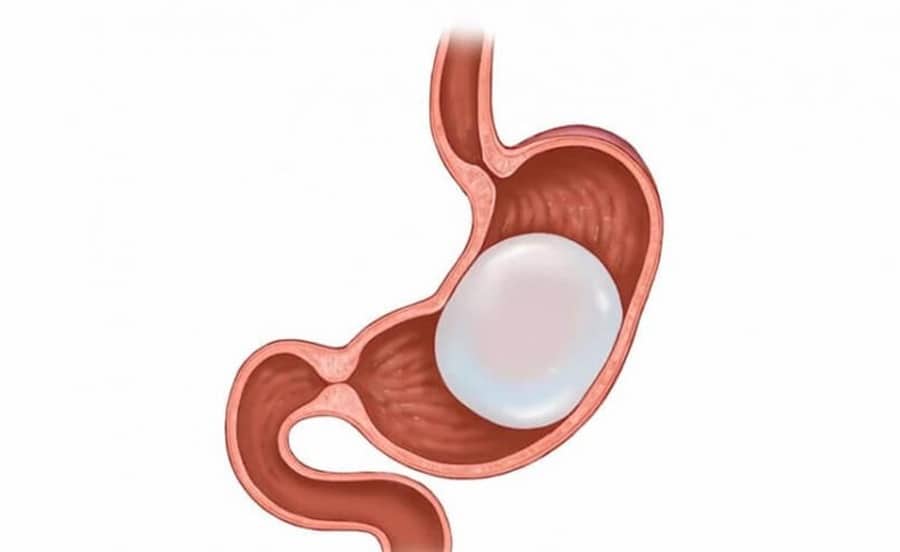Hives are a common allergic reaction that can cause itchy red welts on the skin. While most cases of hives are not severe, they can be pretty uncomfortable. In this article, we will discuss the different things that can cause hives and how to treat them. If you are experiencing hives, please consult your doctor for advice on how to manage them best.
Contents
What Are Hives?

Hives, also known as urticaria, are itchy, raised welts that appear on the skin. They can vary in size and can appear either singly or in groups. Hives are usually red or white and can occur anywhere on the body. While they can be uncomfortable, hives are usually harmless and will go away on their own within a few hours to days.
However, in some cases, hives can signify a more serious allergic reaction. Therefore, if you develop hives along with other symptoms, such as difficulty breathing or swelling of the face or throat, you should seek medical attention immediately.
Common Causes Of Hives
It’s no secret that allergies can cause hives, but did you know that other things can also trigger this reaction? Here are some of the most common causes of hives:
Certain Foods

Hives are mysterious and frustrating. They can show up out of nowhere and for no apparent reason. Once they’ve made an appearance, they are often relentless, seeming to have a mind of their own. Hives can come on due to many different triggers, including both internal and external factors. One common trigger is certain foods. While the list of potential offenders is long, some foods are more likely than others to cause hives.
Common offenders include shellfish, nuts, eggs, and milk. Sometimes, simply coming into contact with these foods can trigger a reaction. In other cases, eating the food may cause the hives to appear. If you suspect food is causing your hives, the best action is to work with an allergist to identify the specific culprit. Then, with avoidance as the key treatment, you can help keep your hives at bay.
Medications

Hives are a prevalent skin condition that many different things can cause. However, one of the most common causes of hives is medications. This can include prescription and over-the-counter medications, supplements, and herbal remedies.
If you’re taking any medication, it’s important to be aware that hives are a potential side effect. In most cases, the hives will disappear once you stop taking the medication. However, in some cases, the hives may persist even after you’ve stopped taking the medication. If this happens, it’s essential to see a doctor for treatment.
Latex

If you have a latex allergy, you may develop hives after coming into contact with latex gloves, balloons, or condoms. In some cases, hives may also occur due to another condition, such as an infection or stress. If you develop hives that don’t go away within a few days, it’s important to see your doctor so they can rule out any underlying conditions.
In the meantime, you can do a few things to ease the itchiness and inflammation associated with hives. For example, you can take an antihistamine or apply a cool compress to the affected area. You should also avoid scratching the hives, which can lead to further irritation and infection. Dealing with hives can be frustrating, but by taking some simple precautions and learning what triggers your hives, you can help to prevent them from forming in the first place.
Pollen

Hives can happen due to a number of things, including pollen. Pollen is a powdery substance released by plants that is necessary for plant reproduction. However, when people are exposed to pollen, they may experience an allergic reaction that manifests as hives. Pollen allergies are relatively common, and symptoms can range from mild to severe.
Some people may only experience a few hives, while others may develop hashiwokakero, a condition characterized by widespread hives and swelling. If you develop hives after exposure to pollen, it is important to see an allergist to determine the best course of treatment.
Pet Dander

Did you know that pet dander can also be a trigger for hives? Pet dander is tiny flakes of skin that come from animals with fur or feathers. When pets shed, the dander floats into the air and can settle on surfaces around your home. If you’re allergic to pet dander, coming in contact with it can cause your body to release histamine. This chemical prompts the symptoms of hives, including itching, swelling, and redness.
If you have a pet but don’t want to get rid of it, there are some things you can do to reduce your exposure to pet dander. For example, keep your pet out of your bedroom and off upholstered furniture. Vacuum regularly and use an air purifier in your home. And if you’re going to be around someone else’s pet, take an antihistamine before you go. Taking these steps allows you to enjoy spending time with pets without worrying about a hive outbreak.
Bacterial and Viral Infections

Bacterial infections can cause hives by releasing toxins into the bloodstream. These toxins trigger an immune response, which manifests as hives. Viral infections, on the other hand, typically cause hives by damaging the skin cells. This damage triggers an immune response, resulting in the formation of hives.
In both cases, the hives will usually go away once the infection has cleared. However, if the hives are particularly severe or last for more than a few weeks, it is important to see a doctor as they may indicate a more serious condition.
These Are Some Common Things That May Cause Hives
In summary, several things can cause hives. These include pollen, pet dander, and viral or bacterial infections. You must see a doctor to rule out any underlying conditions if you develop hives. You should also avoid scratching the hives, which can lead to further irritation and infection. By taking some simple precautions and learning what triggers your hives, you can help to prevent them from forming in the first place.


